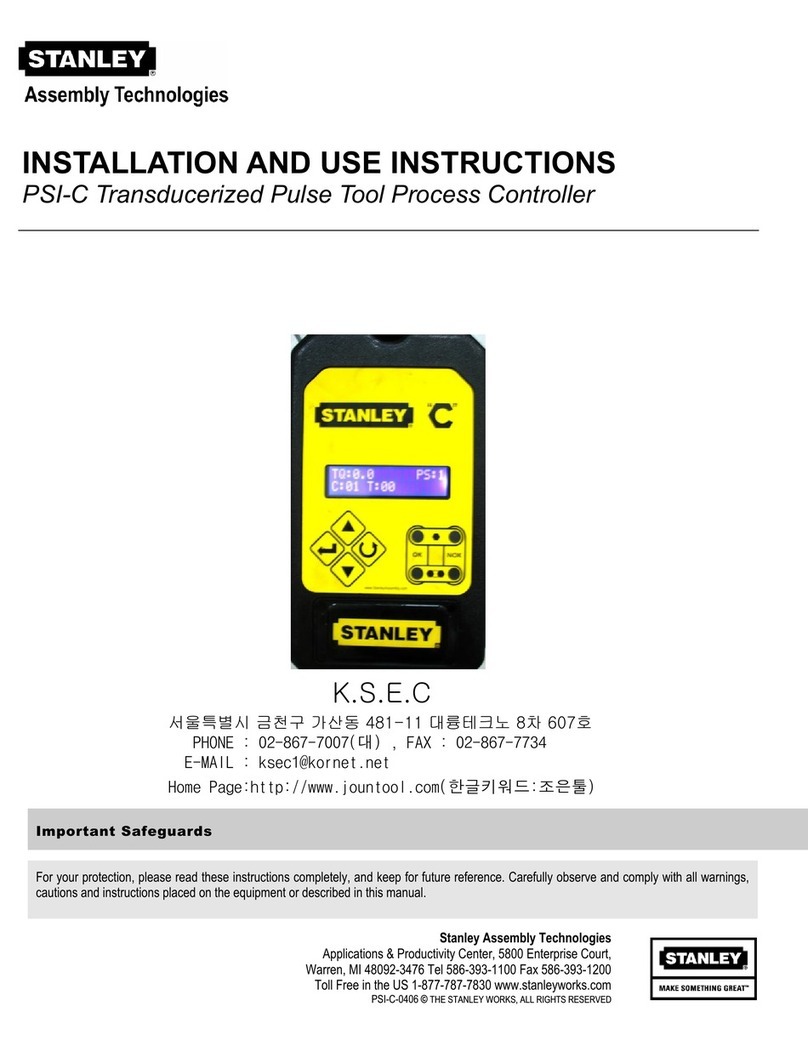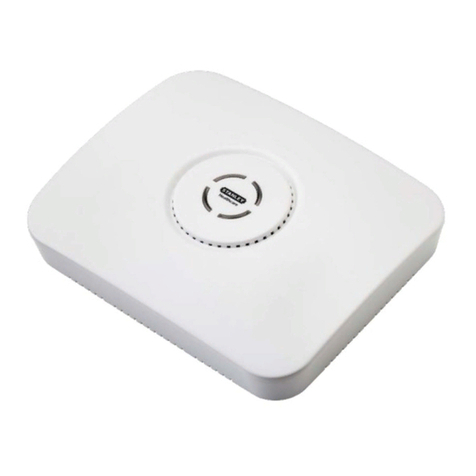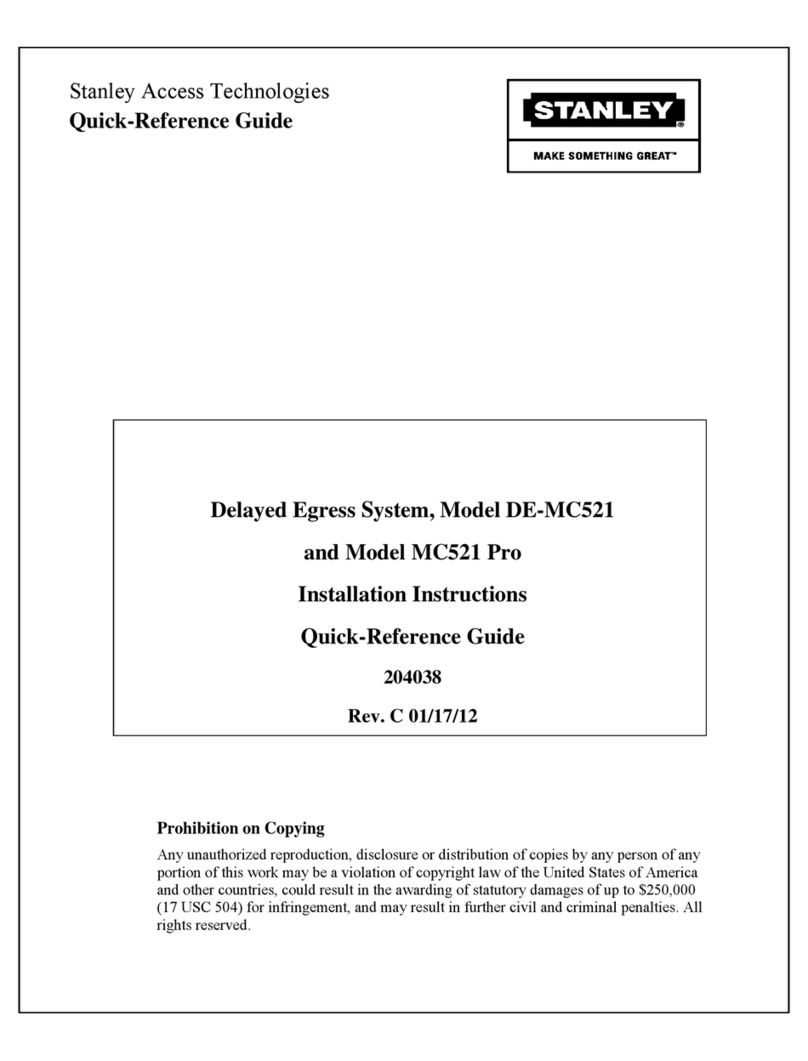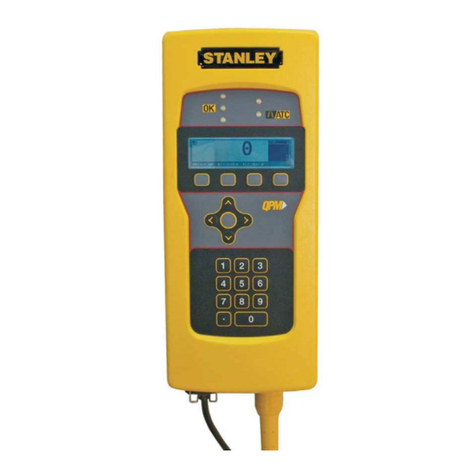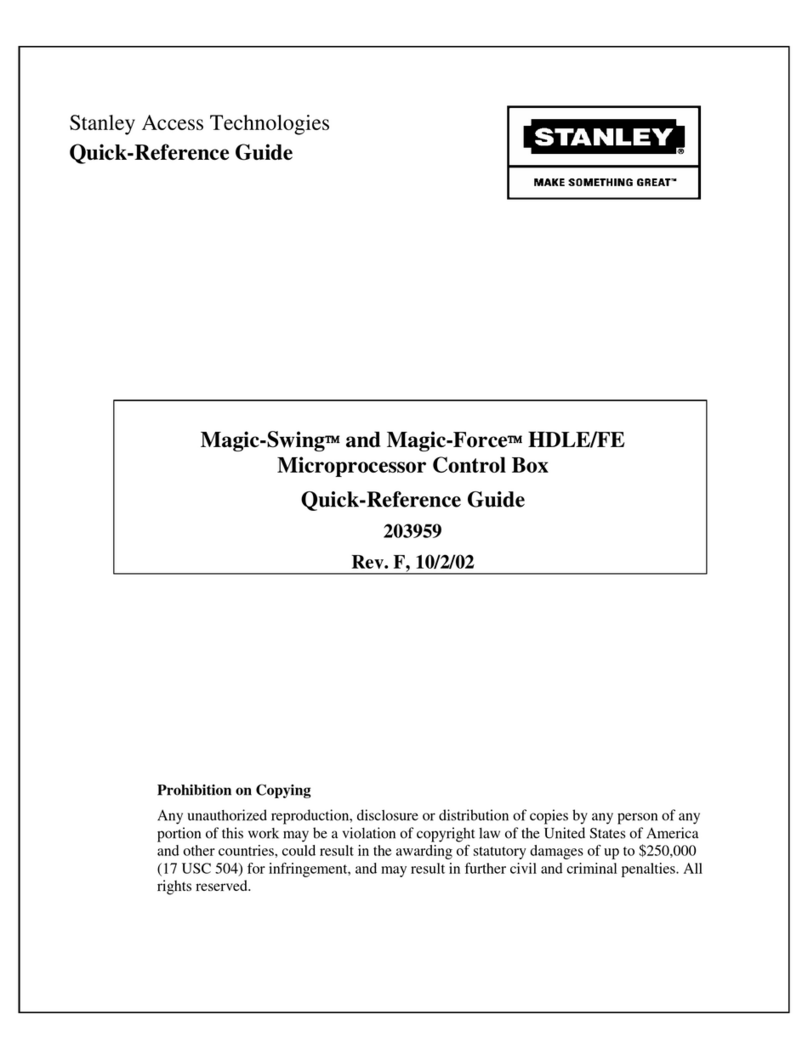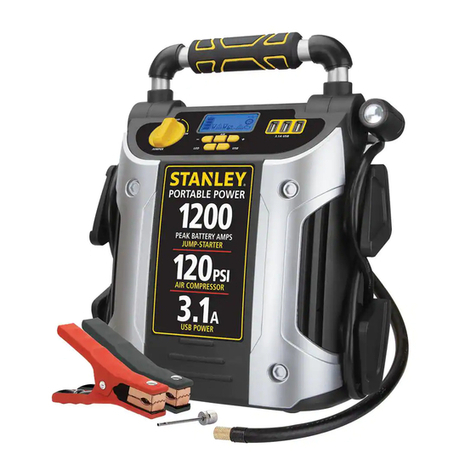
Table of Contents
QB Expert Alpha Controller
IV
4.2.4 Manage Buttons . . . . . . . . . . . . . . . . . . . . . . . . . . 90
4.3 Editing Parameters . . . . . . . . . . . . . . . . . . . . . . . . . . 90
4.3.1 Parameter and Data Retrieval . . . . . . . . . . . . . . . . . . . . . . 91
4.4 Trace Data . . . . . . . . . . . . . . . . . . . . . . . . . . . . . . 92
4.4.1 Analyzing Traces . . . . . . . . . . . . . . . . . . . . . . . . . . 93
4.4.2 Events . . . . . . . . . . . . . . . . . . . . . . . . . . . . . . . . . . . 98
4.5 Icons and Security . . . . . . . . . . . . . . . . . . . . . . . . . . 99
5 QPM DC Electric Tools . . . . . . . . . . . . . . . . .104
5.1 Tool Specifications . . . . . . . . . . . . . . . . . . . . . . . . . 104
5.1.1 Operator Protection . . . . . . . . . . . . . . . . . . . . . . . . . 105
5.1.2 Repetitive Motion . . . . . . . . . . . . . . . . . . . . . . . . . 105
5.1.3 Hearing Protection . . . . . . . . . . . . . . . . . . . . . . . . . 105
5.1.4 Vibration . . . . . . . . . . . . . . . . . . . . . . . . . . . . . . 106
5.1.5 Breathing Protection . . . . . . . . . . . . . . . . . . . . . . . . . 106
5.1.6 Tool Installation. . . . . . . . . . . . . . . . . . . . . . . . . . . . . . 107
5.1.7 Sockets and Adapters . . . . . . . . . . . . . . . . . . . . . . . . . 107
5.1.8 Cable Installation . . . . . . . . . . . . . . . . . . . . . . . . . 108
5.2 QPM Tool Controls and Operation . . . . . . . . . . . . . . . . . . 108
5.2.1 Start Trigger Switch . . . . . . . . . . . . . . . . . . . . . . . . . 108
5.2.2 Tool Memory . . . . . . . . . . . . . . . . . . . . . . . . . . . . . . 108
5.2.3 Display and Multiple Function Button . . . . . . . . . . . . . . . . . 109
5.2.4 Tool Status Lights . . . . . . . . . . . . . . . . . . . . . . . . . 110
5.2.5 MFB Mode . . . . . . . . . . . . . . . . . . . . . . . . . . . . . . 110
5.2.6 Worklights . . . . . . . . . . . . . . . . . . . . . . . . . . . . . . 111
5.2.7 Program Selection . . . . . . . . . . . . . . . . . . . . . . . . . 111
5.2.8 Directional Control . . . . . . . . . . . . . . . . . . . . . . . . . 111
5.2.9 Tool Temperature . . . . . . . . . . . . . . . . . . . . . . . . . 111
5.2.10 Setting Torque, Angle, and Other Operating Parameter . . . . . . . . . 112
5.2.11 Assembly (Forward) Operation . . . . . . . . . . . . . . . . . . . . . 112
5.2.12 Disassembly (Reverse) Operation . . . . . . . . . . . . . . . . . 112
5.3 Special Application Tools . . . . . . . . . . . . . . . . . . . . . . .112
5.3.1 Exposed Gear Socket Tools . . . . . . . . . . . . . . . . . . . . . 112
5.3.2 Tubenut Nutrunners . . . . . . . . . . . . . . . . . . . . . . . . . 113
6 Alpha Controller Connections . . . . . . . . . . . . . . 118


